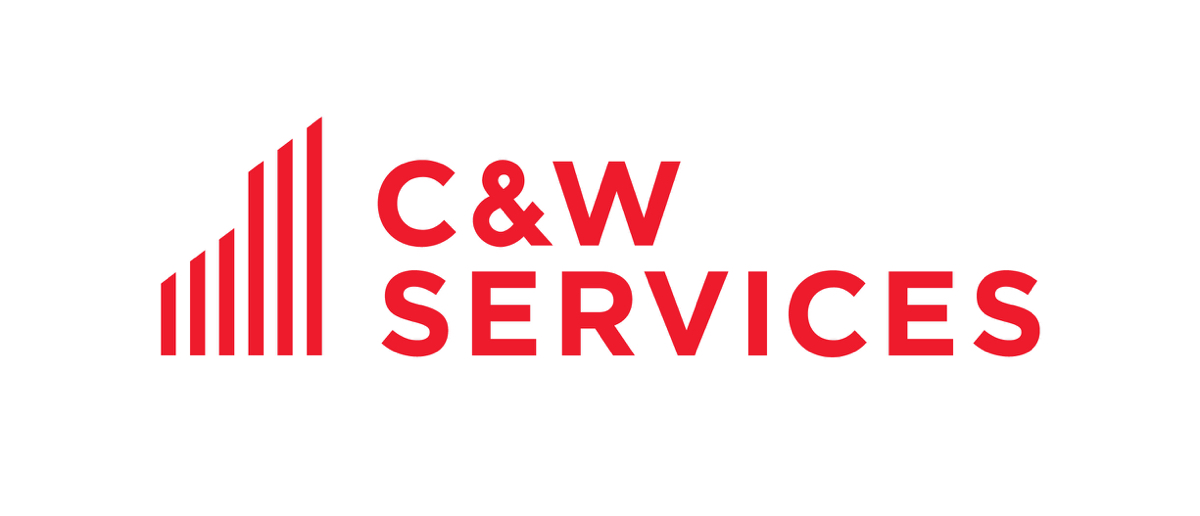Title Page
-
Conducted on
-
Prepared by
-
Location
General Information
-
Make/Model of Aerial Lift
-
Type of aerial lift (SELECT ONE)
-
Number of hours on equipment
-
Task to be performed
Pre-shift Inspection
-
Personal fall arrest system anchorage points
-
Check for hydraulic fluid, oil, fuel, and battery acid leaks
-
Fiberglass and other insulating components for visible damage or contamination
-
Missing or illegible placards, warnings, operational, instructional control markings
-
Visual inspection of all locking pins
-
Cables and wiring harness free of damage
-
Loose or missing parts
-
Operating manuals in weatherproof containers on the lift
-
Outriggers, stabilizers and other structures
-
Wheel chocks
-
Guardrail systems
-
Other items specified by the manufacturer
-
Personal protective equipment (harness, lanyard, safety glasses, gloves, hard hat, etc.)
Function Test
-
Raise platform
-
Lower Platform
-
Tilt Sensor test
-
Manual Lowering Valve test
-
Lights/strobes functioning properly
-
Horn
-
Speed Regulator
-
'NA' applies to trailer-type lifts ONLY.
-
Throttle
-
'NA' applies to trailer-type lifts ONLY.
-
Steering
-
'NA' applies to trailer-type lifts ONLY.
-
Brakes
-
'NA' applies to trailer-type lifts ONLY.
Workplace Inspection
-
'Check Above'
-
Check elevated work area for hazards including:
- Power lines
- Beams
- Fans
- Pipes
- Trees -
'Check below'
-
Check work area where lift will be driven/parked for:
- Uneven Terrain
- Soft areas
- Debris
- Dropoffs
- Pedestrian Traffic -
Weather Conditions
-
Inclement weather includes high winds and lightning
Comments
-
Is there any other information you need to report at the time of your inspection?







